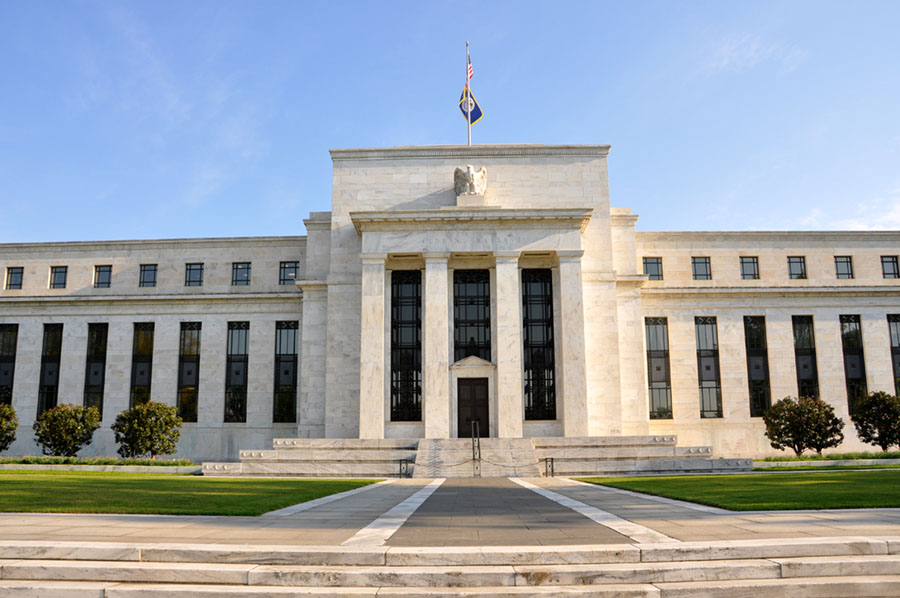
History Between Central Bank and Andrew Jackson
The Central Bank and Andrew Jackson, an Opposition That Saved the Country.
The opposition to the creation of a central bank held by private individuals is steeped in the history of this nation from historical figures such as Thomas Jefferson and Andrew Jackson.
Thomas Jefferson was opposed to Alexander Hamilton financial policies, especially a federally sanctioned bank known as the Bank of the United States, a central bank.
Jefferson doubted the constitutional power of the federal government to charter such a private corporation.
Jefferson is quoted as saying,
“I believe that the banking institutions are more dangerous to our liberties than standing armies. The issuing power should be taken from the banks and restored to the people to whom it properly belongs.”
Andrew Jackson likewise was opposed to the privatization of the issuance of money.
“If Congress has a right under the Constitution to issue paper money, it was given them to use by themselves, not to be delegated to individuals or corporations.”
According to the 1995 Grolier Electronic Encyclopedia, Andrew Jackson, Economic Policy,
“Soon announced his belief that the bank, a private corporation established in 1816 and operating under a federal charter, had failed to provide a stable currency, had favored the privileged few at the expense of the common people in its financial operations, and had received a charter in violation of the Constitution.”
The bitter opposition between the central bank and Andrew Jackson continued to grow during his first term as President and continued into his second term.
The Central Bank and Andrew Jackson Veto Power
Jackson consequently vetoed legislation passed by Congress granting an early re-charter in July of 1832, just before the elections.
Of course, even though the renewal attempt was vetoed, the charter was still good until 1836.
The war between the central bank and Andrew Jackson continued in 1832 when Old Hickory ran for re-election and stood firmly against the Bank.
A Balanced Budget
Andrew Jackson defeated Henry Clay for re-election and in 1833 instructed the Secretary of Treasury to withdraw all the Federal deposits from the Bank of the US.
When his Secretary refused he fired him, but the next Secretary refused also. Finally, Jackson found a man who could take orders and he was successful in destroying the Bank of the United States.
The end result of the fight between the central bank and Andrew Jackson was a balanced budget with a surplus of 55 million dollars in our Treasury.
President Jackson was the last US President who successfully managed the people money and wealth of the United States of America.
Men of Character
Only an Andrew Jackson or an Abe Lincoln (who also printed money from the Treasury during the Civil War era) would have the audacity to take a stand against the corrupt international bankers of their time.
Today, such men of character are weeded out by the system long before they reach the highest office in the land.
Although this country boasts of its freedom, freedom to make real choices can only be exercised when one has access to all the information and an understanding of both, or all, sides of an issue.
The question about our future now becomes, what will we do with this knew found knowledge?
If the public is waiting for the media to inform them, they are sorely misled as to the media role in the Federal Reserve System.
The mainstream media has not and will not bite the hand that feeds them the dollars they survive by.
Therefore, it is the duty of every American citizen to educate him or herself about the truth of the Federal Reserve System robbing the people today with the blessings of the United States Congress!
What is Debt to Success System? This is what we stand for.

 My First Amazing Ayahuasca Experience
My First Amazing Ayahuasca Experience  Pine Needle Tea
Pine Needle Tea  The REAL Controllers of Humanity: The Papal Bloodlines
The REAL Controllers of Humanity: The Papal Bloodlines  Is it Global Warming or Cooling?
Is it Global Warming or Cooling?  Gun Rights and Obama Examined
Gun Rights and Obama Examined